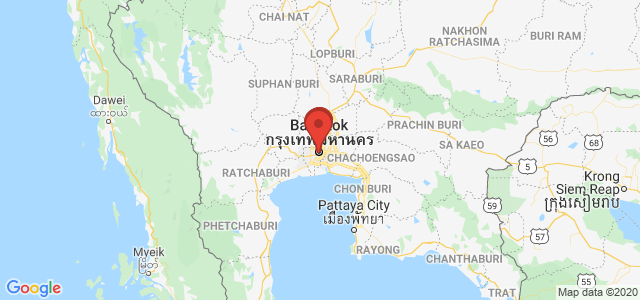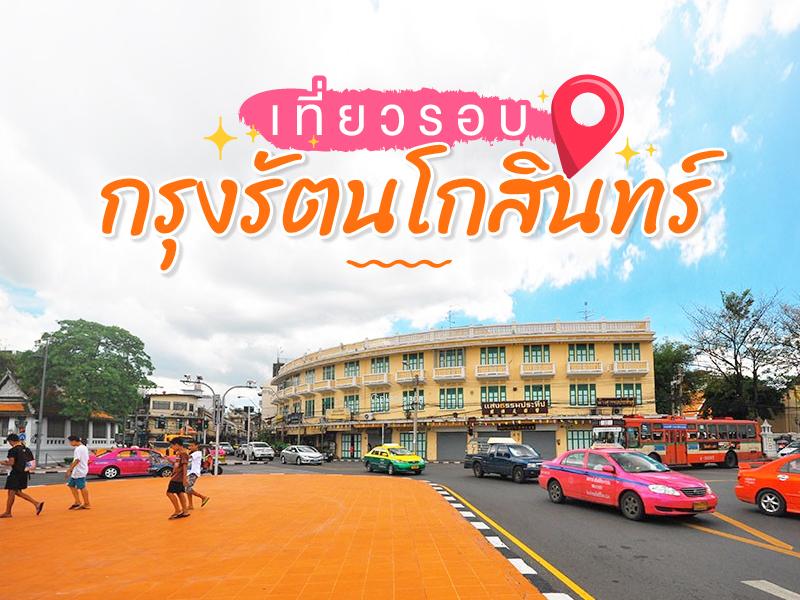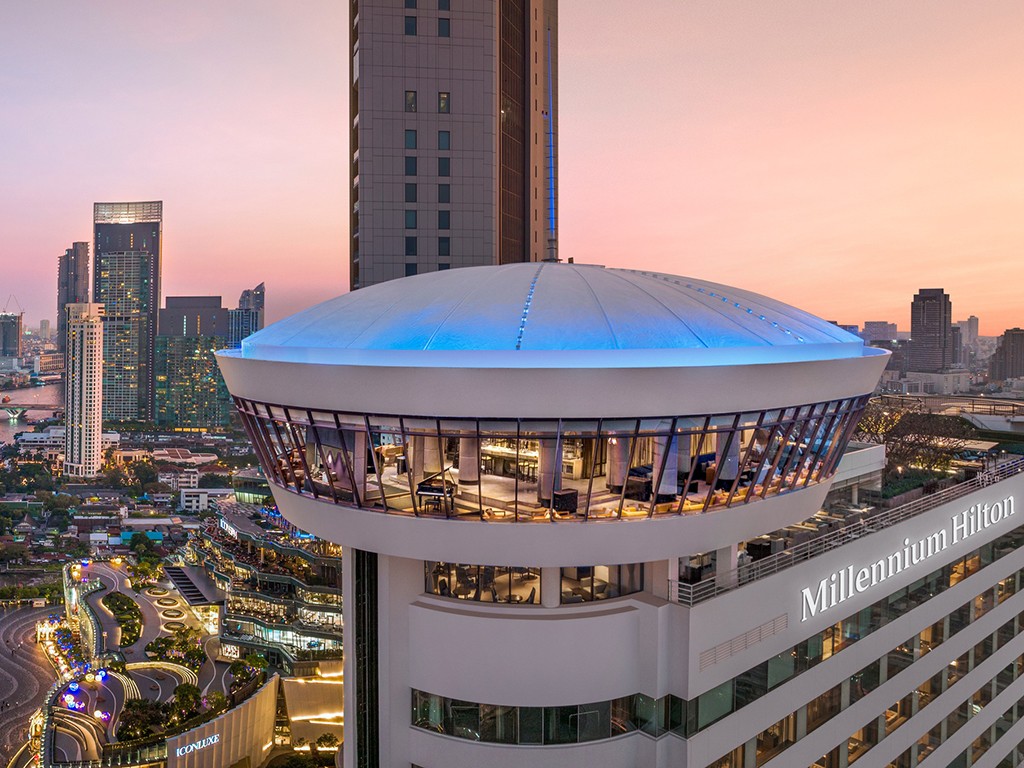
เที่ยวรอบกรุงรัตนโกสินทร์ รำลึกพ่อหลวง ร.9
 3376
3376
 เกาะรัตนโกสินทร์ เป็นพื้นที่ประวัติศาสตร์ในเขตพระนครในกรุงเทพมหานคร มันอยู่ติดกับแม่น้ำเจ้าพระยาและคลองถูกขุดเพื่อใช้เป็นแพสำหรับใจกลางเมืองป้อมเดิม ตั้งอยู่บนฝั่งตะวันออกของนูนคดเคี้ยวในแม่น้ำเจ้าพระยาเกาะเป็นที่ตั้งของพระบรมมหาราชวังและศาลหลักเมืองกรุงเทพฯ เมืองท่ามกลางสถานที่อื่น ๆ ที่มีความสำคัญทางประวัติศาสตร์
เกาะรัตนโกสินทร์ เป็นพื้นที่ประวัติศาสตร์ในเขตพระนครในกรุงเทพมหานคร มันอยู่ติดกับแม่น้ำเจ้าพระยาและคลองถูกขุดเพื่อใช้เป็นแพสำหรับใจกลางเมืองป้อมเดิม ตั้งอยู่บนฝั่งตะวันออกของนูนคดเคี้ยวในแม่น้ำเจ้าพระยาเกาะเป็นที่ตั้งของพระบรมมหาราชวังและศาลหลักเมืองกรุงเทพฯ เมืองท่ามกลางสถานที่อื่น ๆ ที่มีความสำคัญทางประวัติศาสตร์
The Ananta Samakhom Throne Hall is one of the most architecturally stunning royal halls in Thailand, located in the Dusit district of Bangkok. It stands proudly within the Dusit Palace compound, surrounded by gardens and key royal landmarks.
Commissioned during the reign of King Chulalongkorn (Rama V), the throne hall was constructed in Renaissance and Baroque styles by Italian architects. Its mos... read more
Commissioned during the reign of King Chulalongkorn (Rama V), the throne hall was constructed in Renaissance and Baroque styles by Italian architects. Its mos... read more
Khao San Road is world-renowned as the unofficial headquarters of backpackers and free-spirited travelers in Southeast Asia. Located in the heart of old Bangkok, this short street is a cultural phenomenon — bustling day and night with life, energy, and color.
By day, the street is lined with quirky hostels, cafes, souvenir shops, and travel agencies offering budget tours across Thailand and ... read more
By day, the street is lined with quirky hostels, cafes, souvenir shops, and travel agencies offering budget tours across Thailand and ... read more
The National Museum of Royal Barges is the only museum in Thailand that showcases real royal barges used in royal water processions. Located along the Bangkok Noi Canal on the Thonburi side of the city, the museum offers a serene and culturally rich experience.
Each barge displayed holds significant historical and artistic value. The most iconic is the Suphannahong Royal Barge, with its golden sw... read more
The Equestrian Statue of King Rama V is one of Bangkok’s most revered landmarks, commemorating the legacy of King Chulalongkorn (Rama V), who is celebrated for his reforms and modernization efforts in Thailand. The statue portrays the king riding his horse, symbolizing strength, leadership, and vision.
Located prominently in the Royal Plaza, the bronze statue is surrounded by well-maintained... read more
Located prominently in the Royal Plaza, the bronze statue is surrounded by well-maintained... read more
Wat Ratchanaddaram is a distinguished royal temple founded during the reign of King Rama III in the early Rattanakosin era. Located on Maha Chai Road in the historic Phra Nakhon district, the temple is best known for its extraordinary Loha Prasat, a multi-tiered structure built entirely of metal, which symbolizes the 37 virtues leading to enlightenment in Buddhism.
The Loha Prasat’s unique a... read more
The Loha Prasat’s unique a... read more
Sao Chingcha, or The Giant Swing, is a tall teakwood structure situated on Dinso Road in the Bang Khun Phrom area, in the heart of Bangkok. It was constructed during the reign of King Rama I as part of an ancient Brahmin ceremony to ensure the city’s stability and prosperity. This swing has long been a significant historical and spiritual symbol representing the strength and protection of Ba...
read more
Wat Ratchabophit Sathit Maha Simaram Ratchaworawihan, built in 1869 by King Chulalongkorn (Rama V), is a magnificent royal temple that harmoniously blends traditional Thai architecture with Western Gothic influences. Located in the Phra Nakhon district, it is one of the finest examples of cross-cultural temple design in Thailand.
The temple's layout is unique—its main ordination hall (ubosot... read more
The temple's layout is unique—its main ordination hall (ubosot... read more
The City Pillar Shrine in Bangkok is a significant cultural and historical landmark, reflecting the rich traditions and beliefs that have anchored the city for over two centuries.
Established by King Rama I in 1782, the shrine marks the moment when the new capital, Bangkok, was founded. Inside the shrine, you’ll find a gracefully adorned gold-covered city pillar alongside several deity statu... read more
Established by King Rama I in 1782, the shrine marks the moment when the new capital, Bangkok, was founded. Inside the shrine, you’ll find a gracefully adorned gold-covered city pillar alongside several deity statu... read more
Museum Siam is Thailand’s first learning museum, designed to break the traditional image of museums. It transforms history and culture into fun, engaging experiences using interactive displays, modern technology, and open-ended questions that encourage critical thinking about “What does it mean to be Thai?”
The main permanent exhibition, “Decoding Thainess,” takes vis... read more
The main permanent exhibition, “Decoding Thainess,” takes vis... read more
Wat Bowonniwet Vihara Rajavaravihara, commonly known as Wat Bowon, is a first-class royal temple located in Bangkok’s historic Banglamphu area. Founded in 1826 during the reign of King Rama III, the temple has deep connections with the Thai royal family and has served as the monastic residence for several kings and Supreme Patriarchs of Thailand.
The temple gained prominence when King Mongku... read more
The temple gained prominence when King Mongku... read more
The Democracy Monument, located on Bangkok’s historic Ratchadamnoen Klang Road, is one of Thailand's most significant political and cultural landmarks. It was commissioned in 1939 by the government to commemorate the 1932 Siamese Revolution, which marked the transition from absolute monarchy to constitutional democracy.
Designed by Thai architect Mew Aphaiwong and sculptor Corrado Feroci (Si... read more
Designed by Thai architect Mew Aphaiwong and sculptor Corrado Feroci (Si... read more
Wat Ratchaburana Ratchaworawihan is one of Bangkok’s revered royal temples, located on Chak Phet Road in the historic Phra Nakhon district. The temple was originally established during the early Rattanakosin period under the reign of King Rama I. It holds the status of a second-class royal temple and has long played a role in royal and religious ceremonies.
The temple is notable for its stun... read more
The temple is notable for its stun... read more
































